Spanish Bone Marrow Donors Registry (REDMO)
Our functions
REDMO is responsible for managing the Spanish volunteer donor database, searching for compatible donors for Spanish patients and coordinating the transportation of bone marrow, peripheral blood or umbilical cord blood from the collection location to the transplant centre.
It is interconnected with the international registry network and can therefore access the volunteer donors and umbilical cord blood units available anywhere in the world.
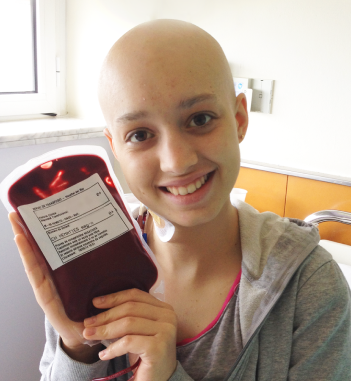
Sara, 29 years old
Acute Myeloid Leukaemia.
“At 17 years old I was diagnosed with acute myeloid leukaemia. It was a huge setback. My mother had just been diagnosed with breast cancer. In the summer of 2014, I underwent my bone marrow transplant from an unrelated donor located by the REDMO program of the Josep Carreras Foundation, and my mother also had surgery. After 9 years, although with quite a few limitations, I am studying to be a nurse.”
The International Foundation Josep Carreras has a technical team of more than 20 transplant coordinators and hematologists who work in close collaboration at the national level with the National Transplant Organization (ONT), the Autonomous Transplant Coordinations and their respective centers (donor reference centers, umbilical cord blood banks, laboratories histocompatibility, collection centers and transplant centers) and internationally with the World Marrow Donor Association (WMDA) and with more than 100 donor registries around the world.
In this way, the REDMO coordinators manage, on the one hand, all the processes related to our donors and cord blood units so that they are accessible to any patient in the world who needs them and, on the other, they carry out the search and selection of a voluntary donor or cord blood unit, as well as the subsequent coordination of the transplant for all patients who require this type of therapy in Spain.
To carry out these functions, the Josep Carreras Foundation has high-quality computer and technical support that allows it to manage, on the one hand, the database of our more than 470,000 bone marrow donors and 62,000 units of umbilical cord blood (UCB), as well as their interconnection with the global base of more than 40 million donors and more than 800,000 units from SCU.
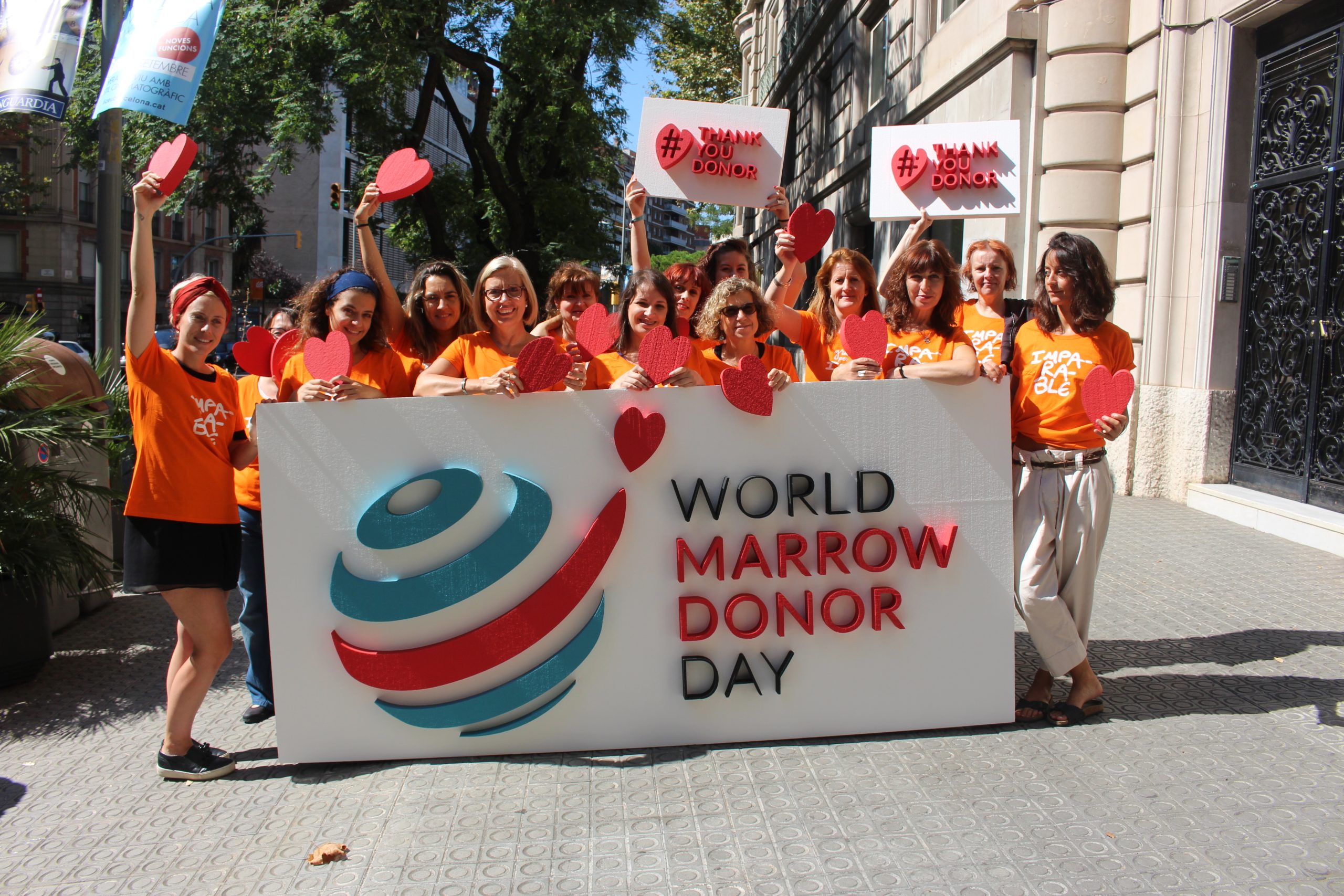
Our commitment to excellence in the quality of services that we provide to our donors and our patients is reflected in our constant participation in both national and international working groups, as well as in compliance with the international standards required for them by the WMDA.
The steps involved in a donor search
Initiation request
In all search processes, by way of its REDMO programme, the Josep Carreras Foundation acts as a coordinating centre between all the entities involved in the unrelated haematopoietic progenitors donor transplant programme.
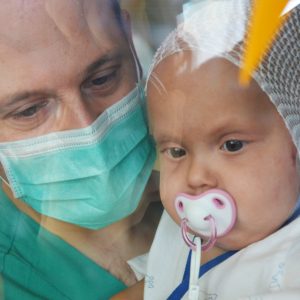 All requests to initiate a search must reach the Josep Carreras Foundation-REDMO by way of a medical centre and must be endorsed by the doctor who is treating the patient. Said doctor will complete a form with all the important patient information (age, diagnosis, summarised medical history, etc.), and specifically their HLA typing* characteristics by way of a judgement issued by an accredited laboratory. Generally speaking, in our country, all requests to initiate a search must be authorised by the Transplant Coordinators of the Autonomous Community from which it is requested.
All requests to initiate a search must reach the Josep Carreras Foundation-REDMO by way of a medical centre and must be endorsed by the doctor who is treating the patient. Said doctor will complete a form with all the important patient information (age, diagnosis, summarised medical history, etc.), and specifically their HLA typing* characteristics by way of a judgement issued by an accredited laboratory. Generally speaking, in our country, all requests to initiate a search must be authorised by the Transplant Coordinators of the Autonomous Community from which it is requested.
REDMO undertakes donor searches for both Spanish and foreign patients.
In the latter case, the request is received via the National Registry of the country where the patient resides or, failing this, via a Hospital authorised to undertake unrelated transplants. REDMO is connected with the main global registries in order to process all searches that are sent and received.
* HLA typing: Laboratory technique that enables the identification of someone’s HLA molecules (antigens) on lymphocytes (and on platelets). The beginning of the reaction is relatively simple, however, it takes several hours and care must be taken when reading the results. Human Leukocyte Antigens – HLA are molecules found in the red blood cells (or leukocytes) and on the surface of almost all cells in human tissue. Their function is to differentiate what is their own and what is foreign, and ensure an immune response able to defend the body from some foreign agents that can cause infection.
Request management
If the patient’s characteristics do not comply with the current legislation (for example, in terms of diagnosis, age, etc.), it is requested that the doctor obtain the due authorisation from an Expert Committee by way of the National Transplant Organisation.  Following these procedures and upon approval, the request is transferred to the REDMO Search Coordinators.
Following these procedures and upon approval, the request is transferred to the REDMO Search Coordinators.
In general terms, throughout the entirety of the search, the relationship between requesting or transplant doctors and REDMO staff must be frequent and very streamlined. REDMO tries to facilitate contact by participating, when appropriate, in different Medical Congresses and Meetings, both nationally and internationally.
Search launch
This term refers to the effective initiation of the search process. The complete codified patient data are registered in the REDMO database and sent to all the international Registries immediately. The data sent are codified by way of a registry number to ensure the donor remains anonymous and is therefore unable to be identified outside of the registry.
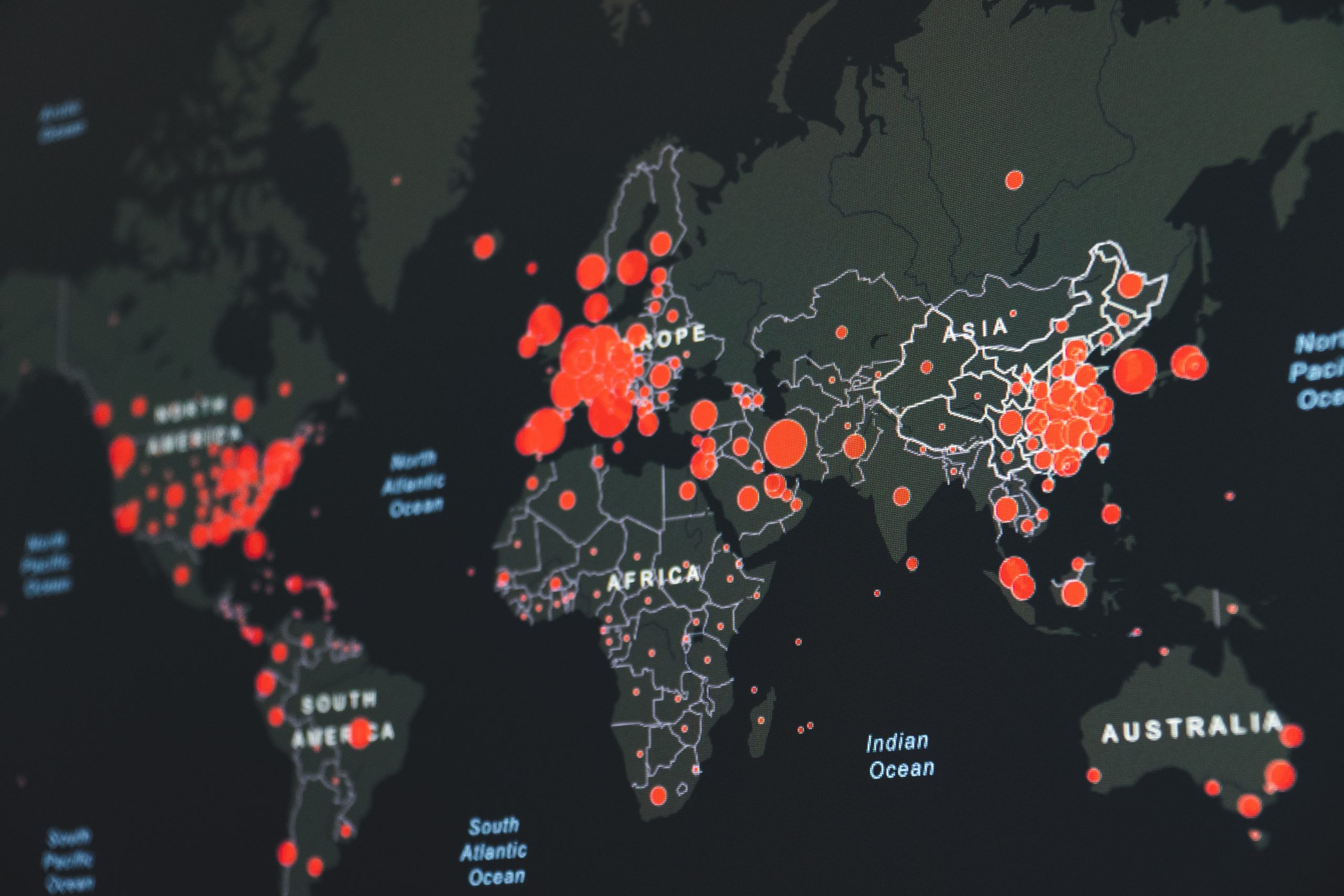 Simultaneously, the REDMO programme, which includes the data of all voluntary donors in the Spanish state, undertakes a sophisticated search and comparison algorithm and offers a list, from highest to lowest identity, of all Spanish donors and umbilical cord blood units potentially compatible with the patient in need.
Simultaneously, the REDMO programme, which includes the data of all voluntary donors in the Spanish state, undertakes a sophisticated search and comparison algorithm and offers a list, from highest to lowest identity, of all Spanish donors and umbilical cord blood units potentially compatible with the patient in need.
The list of Global Registries can be accessed via the WORLD MARROW DONORS ASSOCIATION
Evaluation of results
Generally speaking, the international search results for a specific patient are received in a period of no more than two days, taking into consideration the automatic online responses, in addition to those received via other means.

In all cases, volunteer donors of haematopoietic progenitors (bone marrow and peripheral blood) or units of umbilical cord blood appear ordered according to their identity with the patient, which facilitates their later evaluation undertaken by the search coordinators.
The assessment process is governed by current applicable official regulations and is based predominantly on immunological criteria. Therefore, the best donor is considered to be the one with the most complete typing and the most similar to that of the patient. If there are various donors of the same characteristics, other parameters are considered, such as sex, age, etc.
This preliminary process allows for a pool of suitable donors to be identified for the next stage of “activation”.
Search activation
 During the activation stage, the search coordinators request samples from the donors they have considered to be the most ideal. In the event that the donor is not of a high resolution typing*, it is necessary to request this step prior to sampling. The Registry (in the case of a Spanish donor, this would be REDMO) that corresponds to the donor will send the sample directly to the laboratory at the hospital where the patient is hospitalised. This laboratory will send the result to REDMO.
During the activation stage, the search coordinators request samples from the donors they have considered to be the most ideal. In the event that the donor is not of a high resolution typing*, it is necessary to request this step prior to sampling. The Registry (in the case of a Spanish donor, this would be REDMO) that corresponds to the donor will send the sample directly to the laboratory at the hospital where the patient is hospitalised. This laboratory will send the result to REDMO.
If the donor is typed as high resolution, it will only be decided whether or not donor samples should be requested when REDMO has this result.
Having obtained the analysis of the donor samples, the most ideal donor is selected and a donor proposal is sent to the doctor at the transplant hospital
* High resolution typing: Typing undertaken using DNA techniques.
Transplant coordination
The doctor treating the patient in need of the transplant makes the final decision based on the suitability of the donor, the patient’s physical condition, etc. If they consider the donor proposed by REDMO to be suitable, they fill out the donor request form together with a proposal of dates and other necessary characteristics. The Registry then makes an agreement with the donor and arranges an appointment for their medical examination. If the donor is Spanish, REDMO will be responsible for managing this step. Following receipt of the results of the medical examination and if the donor is both able and willing to donate and reaffirms the donation, the transplant centre will begin to condition the patient.
The Registry then makes an agreement with the donor and arranges an appointment for their medical examination. If the donor is Spanish, REDMO will be responsible for managing this step. Following receipt of the results of the medical examination and if the donor is both able and willing to donate and reaffirms the donation, the transplant centre will begin to condition the patient.
In the case of REDMO, if the donor is of foreign nationality, the registry offers transplanting hospitals the possibility of contracting a courier service by way of a company external to the Josep Carreras Foundation, to bring the bone marrow into the country. Each entry of haematopoietic progenitors is confirmed following the request for permission from the Ministry of Health in order for the cells to enter the country.
Donor coordination
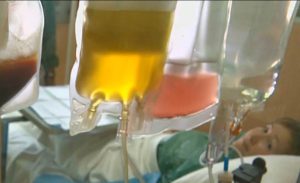 For more information regarding the donor process see Bone Marrow Donation
For more information regarding the donor process see Bone Marrow Donation
Following the donation, REDMO will follow up with the donor periodically.

Juanma
Bone marrow donor and patient.
“In 2018 I registered as a bone marrow donor thinking that there was very little chance that I would be a match for someone. What was my surprise? In 2020 I was going to become a hero without a cape. After confirming that we were compatible, it was time to find out my health: nothing more than a good medical check-up to know that I was completely healthy. On the day of the donation everything was very easy. It is as simple as a blood draw, but with special machines.
They take blood from your arm, it goes through the machine that keeps the bone marrow you donate and the rest of the blood returns to your body. Notices how important is to help that in 2022, shortly after 2 years of making the donation, I received the worst news anyone could give you: I had cancer. Now that I also know what it’s like to experience the movie from the other scene, I become even more aware of how important it is for someone in the world to be compatible with you. Isn’t it wonderful to go to bed at night knowing that you have helped save a life?”


